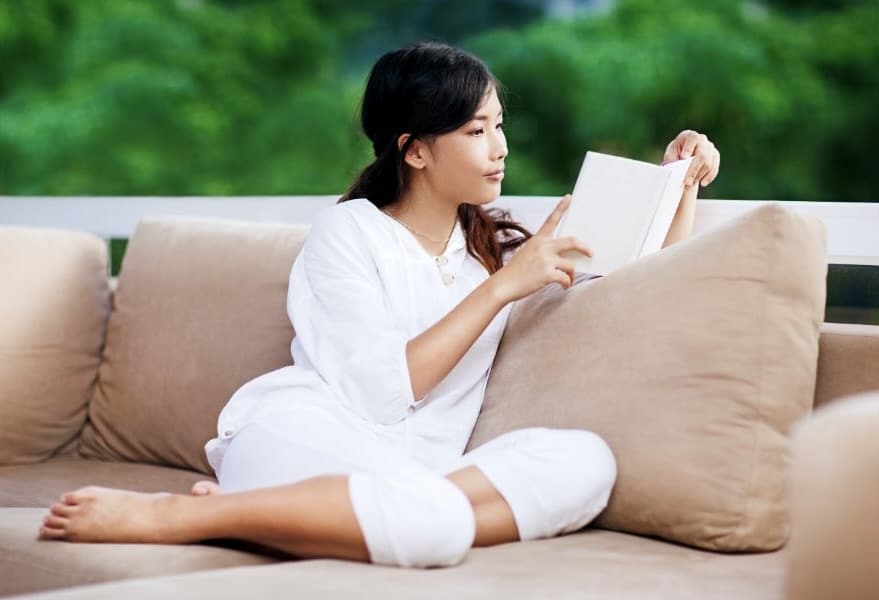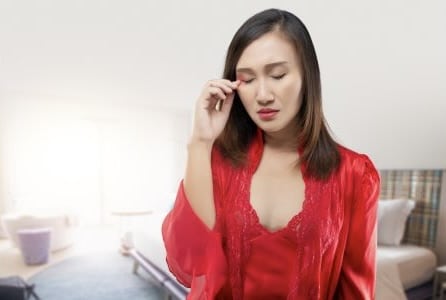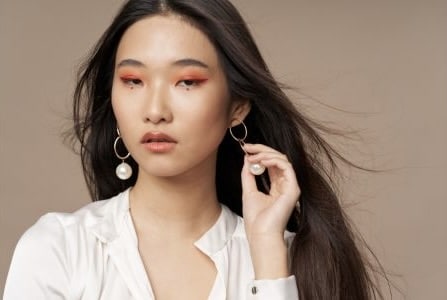
Asian blepharoplasty, or double eyelid surgery, has emerged as a prevalent form of cosmetic and reconstructive surgery. Though this surgery has increased dramatically in popularity, it’s important for potential patients to fully understand the specifics of the operation before electing to receive it.
Understanding Asian Blepharoplasty
This specialized eyelid procedure aims to create or enhance the eyelid crease, making the eyes appear larger and more expressive while respecting the natural aesthetic and unique features of Asian eyelids.
Unlike traditional eyelid surgeries that may not consider the distinct anatomy of Asian eyelids—such as the epicanthic fold and pretarsal skin—successful corrective Asian blepharoplasty focuses on preserving the ethnicity and inherent beauty of the individual.
From the intricacies of the double eyelid crease to managing excess eyelid skin, eyelid surgery involves precise techniques to meet each patient’s specific needs and desires. Below, we’ll reveal not only the differences in eyelid anatomy that make this operation so distinct but also the types of Asian eyelid surgery that are widely available.
The Differences Between Asian and Caucasian Eyelid Anatomy
To fully understand Asian blepharoplasty, it’s essential to identify the anatomical differences between Asian and Caucasian eyelids.
Perhaps the most significant difference between the eyelid anatomy of these two ethnicities is the presence of the epicanthic fold, which is more prevalent among Asian individuals. This fold of skin, which partially covers the inner corner of the eye, is what contributes to the distinct appearance of the Asian eyelid.
This also calls for careful consideration during cosmetic surgery, as one wants to preserve or enhance the natural eye shape without diminishing its cultural identity.
These eyelids may also lack a well-defined Asian upper eyelid crease, a single eyelid, or a monolid. The goal of Asian eyelid surgery frequently involves creating a new crease or enhancing the existing one to achieve what is known as a double eyelid.
That said, no two eyelids are alike. This means that much consideration needs to be placed into the type of Asian eyelid surgery one receives.
Types of Asian Eyelid Surgery
External Incision Technique (Open Technique):
- It involves making a full-length incision along the desired crease line of the upper eyelid.
- Allows for precise removal of extra skin, fat, and muscle as needed.
- Suitable for double eyelid surgery patients with a significant amount of extra skin or those requiring more substantial reshaping.
- It offers a permanent creation of the crease but with a longer recovery time and the potential for a visible scar during the healing process.
Suture Ligation Technique (Non-incisional Technique):
- A minimally invasive method for double eyelid surgery that uses sutures to create a crease without making a large incision.
- It is ideal for patients with thinner eyelid skin and less excess fat.
- Benefits include shorter recovery time and less scarring, but the results may not be as permanent as those from other techniques.
Intradermal Double Eyelid Operation:
- Like the suture ligation technique, this method involves sutures placed within the eyelid to form a crease.
- Focuses on creating a natural-looking fold by adjusting the depth and tension of the sutures.
- Offers a subtle and natural crease, especially suitable for those seeking minor adjustments through eyelid surgery.
Why Choose Asian Eyelid Surgery?
Aesthetic Benefits
- Enhanced Eyelid Crease: For many Asian people, the desire for a double eyelid or a more pronounced crease is driven by the aim to brighten and enlarge the appearance of the eyes. Eyelid surgery skillfully creates or accentuates the upper lid crease, which offers a more alert and youthful result.
- Balanced Facial Symmetry: By addressing asymmetries in the crease or uneven excess skin, this surgery contributes to improved facial harmony. The precise adjustments made during an Asian double eyelid operation can significantly enhance the balance between the eyes and other facial features.
- Preservation of Ethnic Characteristics: Unlike generic eyelid surgeries, Asian eyelid surgery is performed with a deep understanding of the unique features of Asian eyelids, such as the epicanthic fold and pretarsal skin. This operation aims to enhance the eyes while preserving the patient’s ethnic identity, ensuring the results are beautiful and culturally respectful.
- Customized Results: Regardless of technique, double eyelid surgery is highly customizable. It caters to the individual’s goals, from subtle enhancements to more pronounced changes of the eyelid tissues.
Functional Benefits
- Improved Field of Vision: Extra skin on the upper eyelid can droop over the lashes and obstruct peripheral vision. By removing this excess skin and fat, double eyelid surgery can expand the visual field, enhancing the eye’s appearance and ability to function.
- Reduced Eyelid Strain: For some, the effort to elevate the upper eyelids due to heavy or extra skin can lead to discomfort and fatigue. Asian eyelid surgery alleviates this strain, making the eyes feel lighter and more comfortable.
- Better Application of Eyewear and Makeup: Creating a defined eyelid crease can make eyewear applications, such as glasses or contact lenses, more comfortable. It also provides a smooth, defined surface for makeup, allowing for more straightforward application.
- Correction of Ptosis: Asian eyelid surgery can be combined with ptosis surgery to correct drooping eyelids that may affect vision or eye function.
 Blepharoplasty FAQs
Blepharoplasty FAQs
How do I know if I’m a good candidate for Asian eyelid surgery?
You might be a good candidate for oriental double eyelid surgery if you want to enhance the appearance of your upper eyelids by creating a double crease, removing excess skin, or correcting asymmetry.
Individuals with realistic expectations, good overall health, and specific concerns related to the unique features of Asian eyelids—such as a single eyelid or minimal eyelid crease—are best suited for this procedure.
What are the differences between the suture method and the incision method?
The less invasive suture method involves creating the double eyelid crease using fine sutures without significant cuts, ideal for those with thinner skin and less excess fat. This method offers quicker recovery times but may not be as permanent as the incision method.
The incision method involves making a complete cut along the eyelid to remove or reposition fat, muscle, and skin, providing a more lasting solution, especially for those with more excess skin or fat. It is more invasive and requires a longer recovery but can address broader concerns.
How long does it take to recover from Asian eyelid surgery?
Recovery times from Asian eyelid surgery can vary based on a few factors, like the kind of technique utilized and the patient’s own history of recovery.
In general, most patients can expect to return to their normal activities within a week to ten days after surgery, with noticeable swelling and bruising diminishing within two weeks. However, it may take several months for the final results to settle fully and for the incision lines to mature.
How much does Asian eyelid surgery cost?
The cost of Asian eyelid surgery or varies widely depending on several factors, including the complexity of the procedure, the surgeon’s expertise, the geographic location of the practice, and whether additional procedures (like ptosis correction) are performed simultaneously. Blepharoplasty cost will normally range from a few thousand to several thousand dollars.
Ready For Your Blepharoplasty Consultation?
If you jump and schedule a consultation for an Asian Blepharoplasty, consider Dr. Rachel Mason in Las Vegas. Dr. Mason is not only a dedicated, successful surgeon- she also understands the care and consideration it takes to truly satisfy her patients. No matter the type of plastic and reconstructive surgery, she handles all procedures with the same amount of diligence.
Contact our team of experienced cosmetic medical professionals today to book your consultation!
